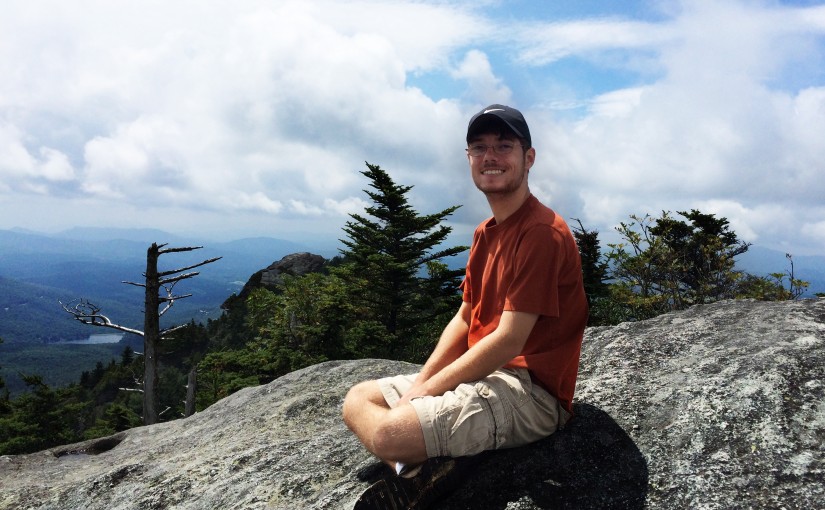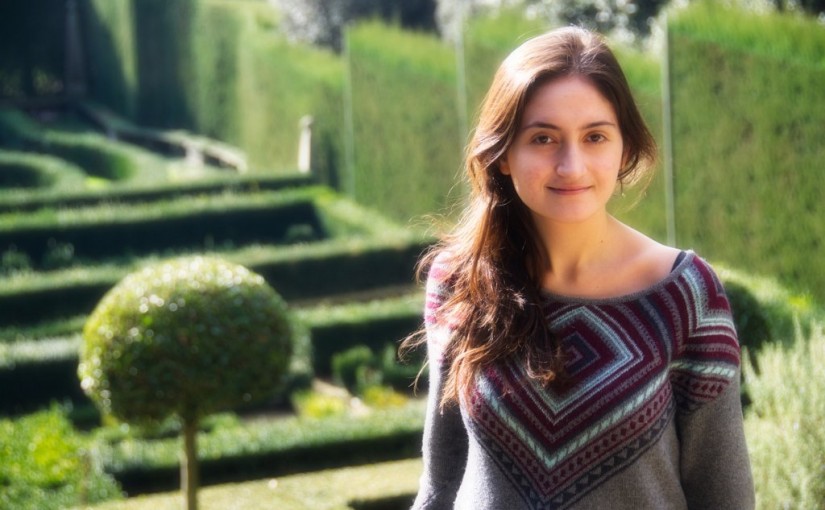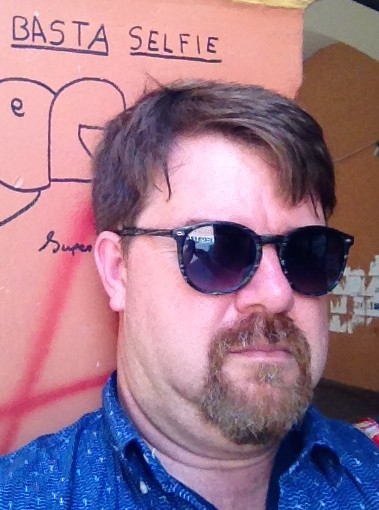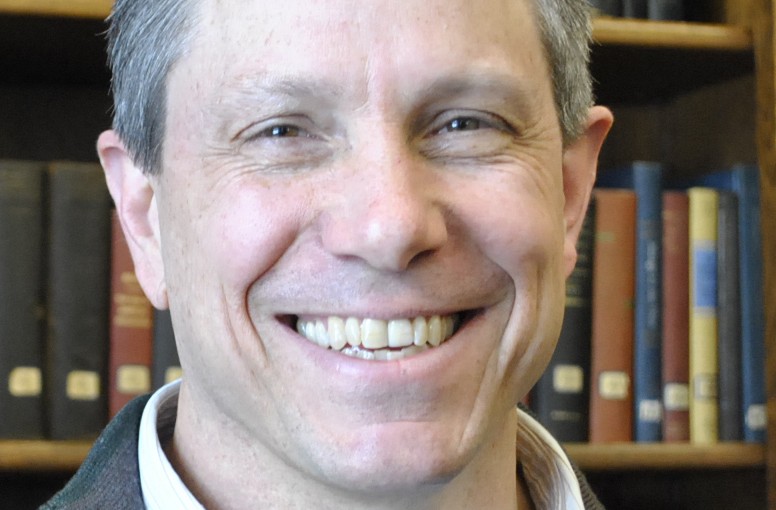I am a professor of history at Harvard University, where I teach courses on medieval European history and other subjects. Much of my research has focused on the cities of Mediterranean Europe in the later Middle Ages, a subject I approach using the rich archival sources from the period. As you poke through these kinds of records, such as household inventories, dowry contracts, and last wills and testaments, you can find many lists of lots of interesting things. In post-mortem household inventories, for example, you can find things ranging from articles of clothing, brass candlesticks, and painted coffers to odd things such as nets for catching thrushes, books written in Hebrew, compasses, and, in one case from Marseille in the early fifteenth century, a parrot’s cage.
These one-line descriptions will give you little more than a whiff of the original thing, of course, but the research can be very rewarding for anyone with an active imagination. In my case, I constantly find myself reconstructing the scene in the mind’s eye. Even if these reconstructions can seem frivolous (was the parrot there as the redactor took the inventory? did it squawk?) the ruminations can sometimes lead to important questions (is a parrot a “thing” capable of being inventoried?). Although reading these one-line descriptions of textual objects is not the same thing as handling the originals, I have had the rare privilege of getting to touch and handle, at least figuratively, a truly astonishing array of medieval material culture. After all, museum and collections preserve only a tiny array of once-extant medieval things, and we have to use documents and iconographical sources together with tangible things to understand the totality.
The richness of records, then, is one of the reasons that brought me into the study of material culture in the first place. But even as I have been learning about medieval things, I’ve been teaching myself how to bring material culture into the classroom. This takes us back to the very first course I taught on the subject, “Persons and Things in Medieval Europe,” in 2007, during which the students and I collectively built a database of textual objects from medieval Europe. For their reading assignments, I had students in the class sample primary sources from a bibliography of around 800 medieval sources in translation. While they were reading, they gathered up all the objects they came across, tagged them, and entered object, context, and tags into our database. The resulting collection, which had more than a thousand objects in it, then became the basis for their research papers. Some of the original ideas for “Medieval Object Lessons” later emerged from the work of students in another course I subsequently taught, “Making the Middle Ages.”
The importance of using object lessons in the classroom became very apparent to me while I was collaborating with a educational consultant, Mike Wallace, on developing a world history curriculum for a charter school in New Orleans, the New Orleans Center for the Creative Arts (link). A significant component of the curriculum requires students and teachers to spend time in the Paleolithic and Neolithic eras of human history. Studying early humans and civilizations can be very abstract and difficult for students, so we prepared several object lessons featuring such things as 42,000-year-old shell beads, the Jomon pottery of early Japan, and Mayan chocolate pots. We drew these up so that teachers at NOCCA could build them into lesson plans if needed, and those object lessons created the intellectual seed bed for Medieval Object Lessons.
Since the origin of the genus more than two million years ago, humanity has been defined by the material environment that we have created for ourselves. Understanding how we constructed this niche is one of the most important tasks of history. This is especially true for us now, since our material habitat has changed radically in recent years. But like every historian, I hold passionately to the belief that every relationship forms part of the majestic flow of history, and if we are to understand what things mean to us today, we need to understand what they meant in the past.




